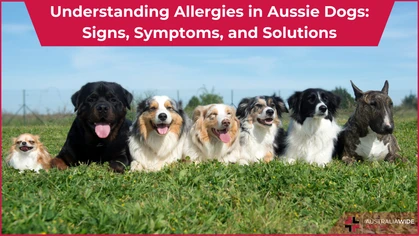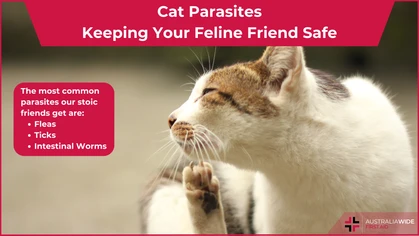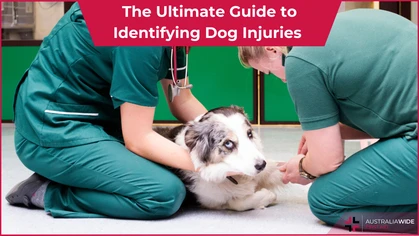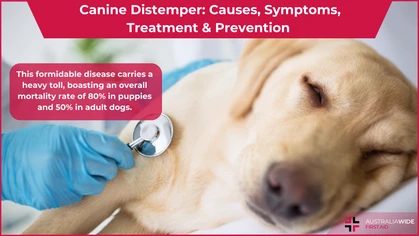CPR for Cats: A Comprehensive Guide

Pets
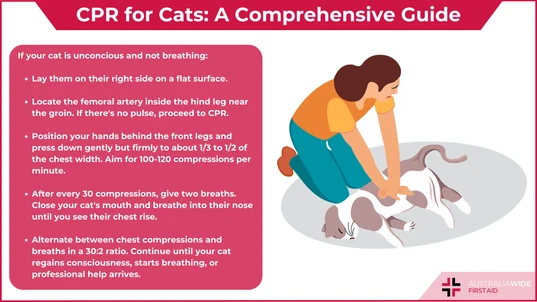 Cardiopulmonary Resuscitation (CPR) is a life-saving technique that can make a critical difference to the well-being of your feline friend.
In this comprehensive guide, we will explore the world of CPR for cats, delving into when it might be necessary, what signs to look for, how to perform CPR effectively, and the crucial importance of seeking immediate veterinary help.
Cardiopulmonary Resuscitation (CPR) is a life-saving technique that can make a critical difference to the well-being of your feline friend.
In this comprehensive guide, we will explore the world of CPR for cats, delving into when it might be necessary, what signs to look for, how to perform CPR effectively, and the crucial importance of seeking immediate veterinary help.
What is CPR for Cats?
CPR, short for Cardiopulmonary Resuscitation, is a set of emergency procedures designed to revive an animal that is in distress. For cats, CPR involves a combination of chest compressions and artificial respiration, aimed at maintaining oxygen flow to vital organs, particularly the brain and heart. It's a skill every cat owner should be familiar with, as it can be a matter of life and death.When to Perform CPR on a Cat
Understanding when CPR might be necessary for your cat is crucial. It's a response to specific life-threatening situations, such as cardiac arrest, respiratory failure, choking, or severe injuries. Recognizing the signs that signal these emergencies is the first step towards performing CPR effectively.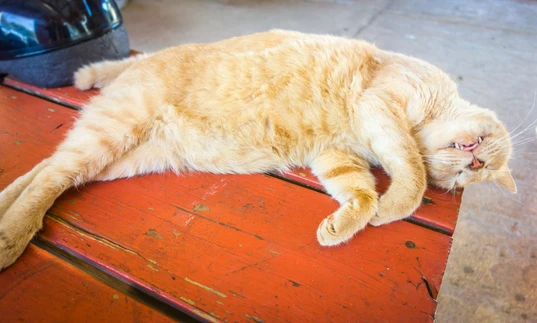
Check that your cat is unresponsive, not breathing, and has no pulse.
Signs to Look For
Four key signs indicate that your cat may require CPR:- Unresponsiveness: If your cat is not reacting to any stimuli, it's a clear sign of distress.
- Absence of Breathing: Checking for chest movement and breath sounds is essential.
- No Pulse: Feeling for a pulse in the femoral artery can confirm the need for CPR.
- Cyanosis: When your cat's gums and tongue appear blue or grey, it's a sign of oxygen deprivation.
How to Perform CPR on a Cat
Performing CPR on a cat can be a daunting task, but with proper guidance, it becomes manageable. Here's a step-by-step guide:- Ensure Safety: Make sure the environment is safe for both you and your cat.
- Assess Responsiveness: Gently tap your cat and call their name. If they don't respond, lay them on their right side on a flat surface.
- Check Breathing: Ensure your cat is not breathing. Place your hand near their nose or mouth to feel for air movement.
- Check Pulse: Locate the femoral artery inside the hind leg near the groin. If there's no pulse, proceed to CPR.
- Chest Compressions: Position your hands behind the front legs on your cat's chest and press down gently but firmly. The depth should be about one-third to one-half of the chest width. Aim for 100-120 compressions per minute.
- Artificial Respiration: After every 30 compressions, give two breaths. Close your cat's mouth and breathe into their nose until you see their chest rise.
- Continue CPR: Alternate between chest compressions and artificial respiration in a 30:2 ratio. Continue until your cat regains consciousness, starts breathing, or professional help arrives.
When to Seek Emergency Veterinary Help
CPR for cats is an interim measure, not a substitute for professional veterinary care. Even if your cat appears to recover during CPR, immediate professional help is essential. Veterinary expertise is required to diagnose and address underlying issues. If your cat remains unconscious, has severe injuries, or ingested something toxic, don't hesitate to call or visit an emergency vet.Conclusion
Being prepared to perform CPR on a cat is an invaluable skill for any pet owner. While it can buy critical time in emergency situations, it is not a replacement for professional veterinary care. Remember, a quick response can make all the difference in saving your feline companion's life when they need it most.
Originally published at
https://www.australiawidefirstaid.com.au/resources/cpr-for-cats
as part of the Australia Wide First Aid Articles Library
